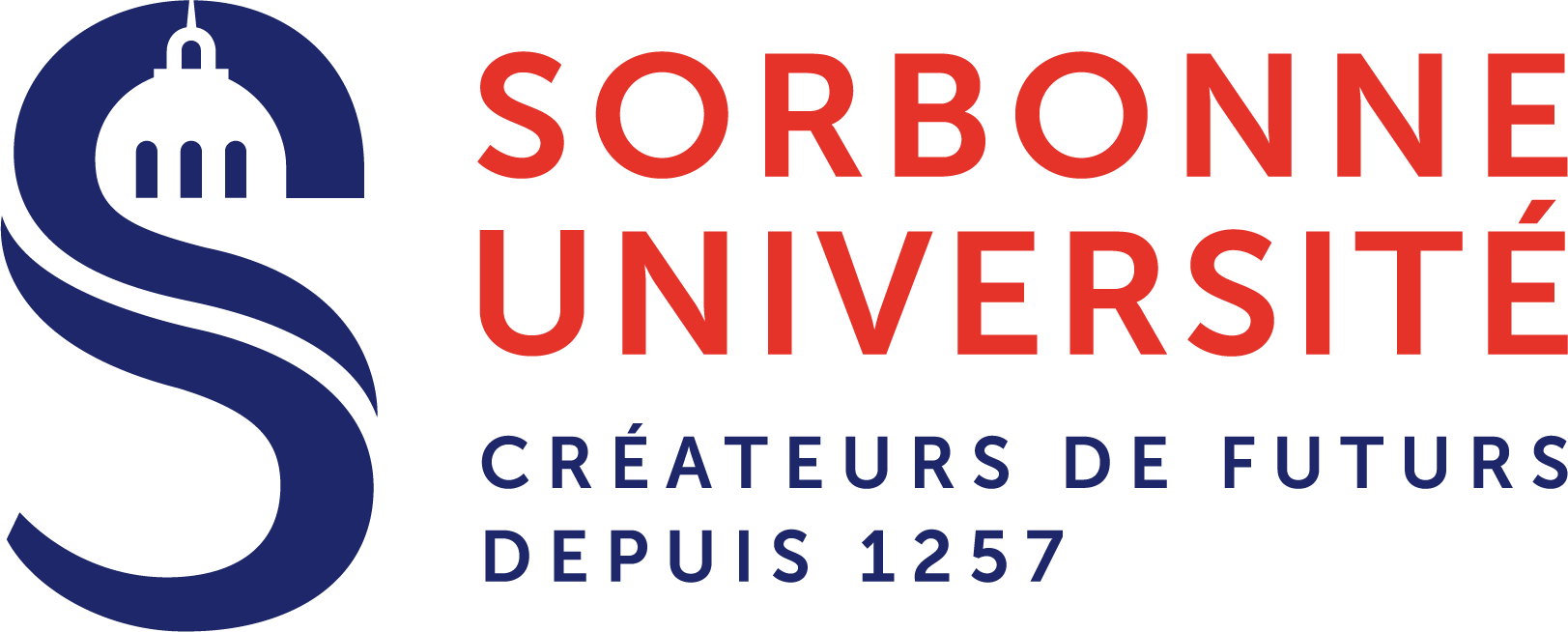Positional Variance Profiles (PVPs): A New Take on the Speed-Accuracy Trade-off
People involved
Julien Gori

Abstract
Fitts’ law is a behavioral model, used to design protocols and analyze data from pointing experiments. These are usually conducted in HCI to evaluate input performance. We recently proposed an alternative method to characterize input performance, called the method of PVPs in 1D, based on 1) a dual-minimization protocol, and 2) an analysis of the variability of entire trajectories. We extend the method in 2D; our contributions include new metrics, a new protocol, and a Python library. We also present the results of a controlled experiment where the new method is validated using three devices (mouse, touchpad, controller): efect sizes in the 2D case replicate those previously found. We also propose a comparison between Fitts’ law and our novel evaluation: the method of PVPs provides more information than Fitts’ law, and can predict its parameters. We discuss how this new method may relieve open problems of Fitts’ law.
Project description
* The first model paper in Biological Cybernetics (2020): https://arxiv.org/pdf/1804.05021.pdf
* An application of PVPs with dyspraxic children (2019): https://dl.acm.org/doi/pdf/10.1145/3366550.3372250
* A 2D extension of the model, and evaluation with several devices (2023): https://hal.science/hal-03980703
* Python library: https://pypi.org/project/pvplib/
* Github repository: https://github.com/jgori-ouistiti/PVPlib
What next? Currently, we are evaluating whether the variance profiles also fit other modalities such as force.


